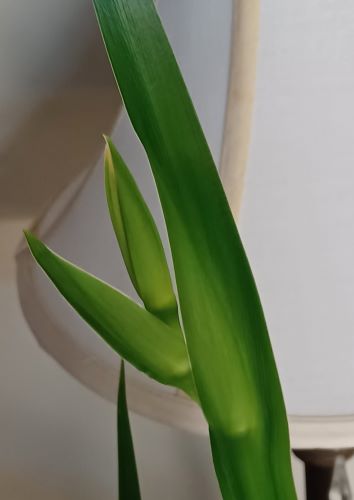The first thing I did this morning -- before coffee, even -- was finish folding laundry that I did yesterday.
It's not unusual for the folding, or at least the putting away to wait until the day after laundry day, but it is unusual for me to get to it very first thing. The weather would not have let clothes dry outside on the line. So a lot of things got hung on racks in the front room, near the fire, in the way of easy cleaning out of the wood stove, which my husband always does before anything else.
First thing this morning I finished a job I started yesterday.
It made me think about all of the undone tasks in the garden now hidden in snow.
These are tasks that had no specific deadline, just "as soon as I can." Some got started, then abandoned for the urgent spring planting and weeding. Later I got back to some of them, only to stop for the urgent fall planting and daily watering.
Never mind, though. Most of the tasks can be picked up and done at any time, even through the winter. My plan was to complete, or at least continue some of them through the winter until the ground froze, or it came time for early spring planting.
But completing our root cellar, holidays, a 100th birthday celebration, a bedside vigil, funeral, weather, and -- did I say holidays? -- kept me out of the garden most of the time. Only some tasks that needed done before early spring planting got any attention. I did dig some horseradish out of the muck. I also pulled the last of the purple daikons so they wouldn't freeze in the coming Arctic weather -- although they're still in a bucket in the garage waiting to be cleaned and trimmed.
I'll have some catching up to do when the thaw comes.
Right now, though, several inches of snow lie on the garden, and the temperatures will drop, drop, drop, for at least a week, bottoming out (I hope) at something like minus 11 Fahrenheit. The thaw may be some time in coming.
So I'll work on indoor tasks, like ordering seeds, making the planting schedule, patching my jeans, reorganizing the pantry, and so on -- many of these tasks are carry-overs from past years. I never run out of things to do.
My list of things to do for tomorrow is five days long -- not even counting the things I do every day. I don't expect to complete them all tomorrow, so when I don't I won't fret, just keep moving.
So first thing I'll do in the morning is have my coffee, then step outside and breathe cold, fresh air before sitting with my husband for our daily meditation time. Just keep breathing.









